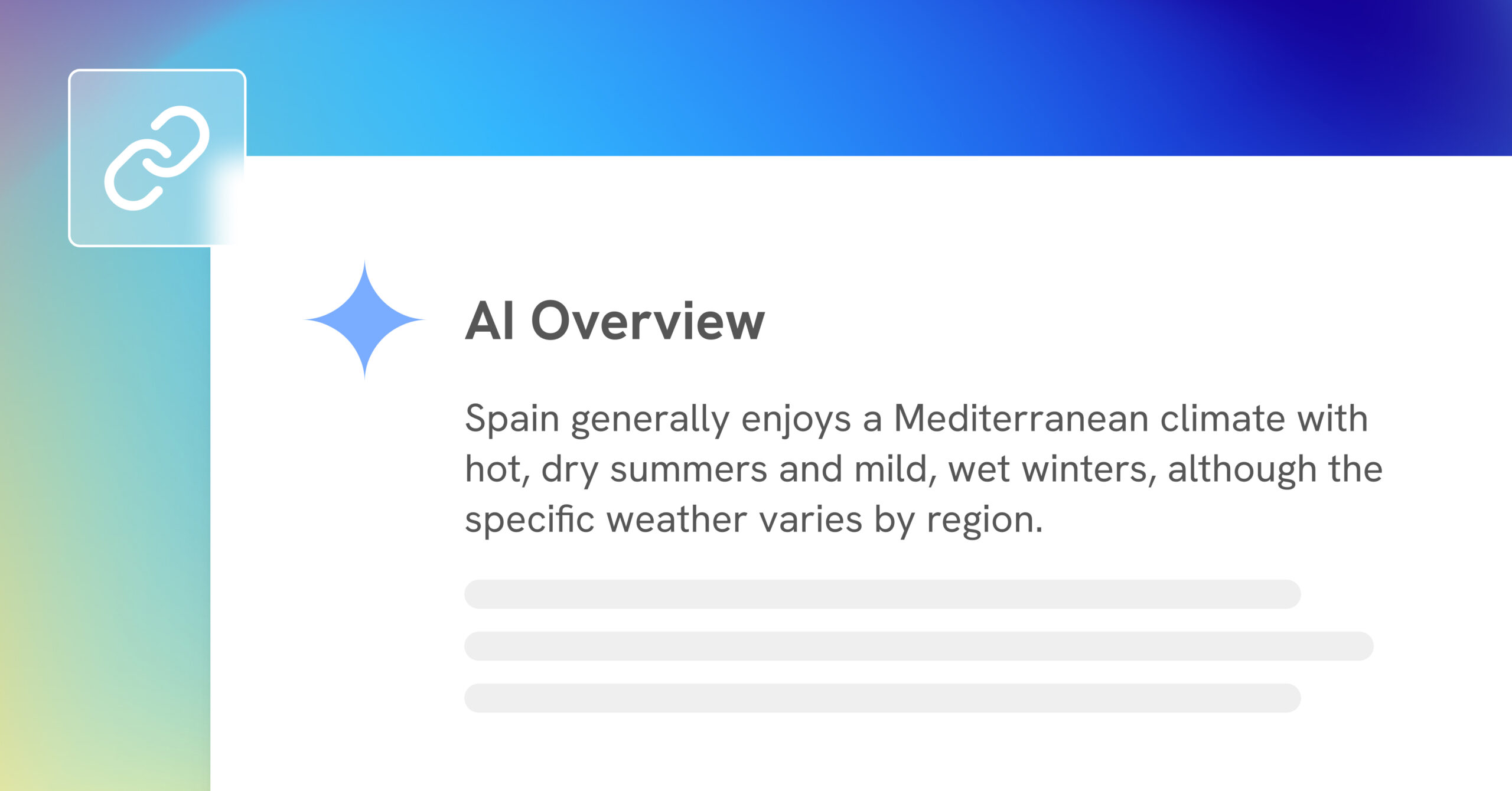Search has always been the lifeline of the open web. But lately, something has shifted. Readers are still searching, but they’re no longer clicking. AI summaries are offering instant answers on the search results page, and websites are starting to feel the sting.
What’s happening to web traffic?
AI-generated overviews and summaries are eating into the space once owned by publishers. The result is a sharp decline in traffic:
- A recent Authoritas study found that when AI Overviews appear in search results, clickthrough rates for the top organic link drop by around 79% (The Guardian, 2025).
- That’s not a rounding error. On desktop, this translates to a 56.1% drop, and on mobile, a 48.2% fall.
- SimilarWeb data shows that “zero-click” searches have increased from 56% to 69% in less than a year. Organic traffic to news sites has dropped from 2.3 billion visits to under 1.7 billion between August 2024 and May 2025. (Press Gazette, 2025)
Google users are less likely to click on a link when they encounter search pages with Al summaries
% of Google searches in March 2025 that resulted in the user …
Note: Figures may not add to 100% due to rounding.
Source: Pew Research Center analysis of 68,879 Google searches conducted by 900 U.S. adults from March 1-31, 2025, using a web browser on a desktop, laptop or mobile device. Al Overview text and search result page content were collected April 7-17, 2025.
These aren’t just marginal losses. For many online publishers, traffic like this determines whether a business stays viable.
Why the web feels quieter
When users get their answers directly from search engines, the incentive to visit original sources disappears. And when visits vanish, so do the opportunities to engage readers, show ads, and build loyalty.
The challenge is especially pronounced for independent media outlets and specialist content providers. Without consistent search-driven traffic, the economics of content change completely.
How enterprise organisations can respond to AI summaries
AI summaries aren’t going away. But that doesn’t mean traffic has to disappear entirely. Enterprise publishers and content teams can take clear steps to adapt.
Create content that can’t be skimmed
Shallow, generic writing is easy to summarise. High-quality content that includes analysis, narrative, or interactive components is more likely to attract engaged readers. If it takes more than a few bullet points to explain, it’s more resistant to summary fatigue.
Build channels you control
Search is one channel. Email newsletters, social media, podcasts, mobile apps, and on-site communities are others. Developing multiple touchpoints reduces the risk of relying on a single algorithmic gatekeeper.
Strengthen reader relationships
Loyalty and engagement are stronger when users actively choose to follow your work. Deliver content that’s timely, useful, and worth returning to. This could be through subscriptions, memberships, or simply consistent value.
Use AI in your own stack
There’s no reason why AI should only benefit search engines. Use it to improve content workflows, provide multilingual access, automate publishing pipelines, or surface related content. The goal is to support content creators while maintaining editorial control.
Focus on discovery, not just search
Use structured data, invest in performance, and improve internal linking. These all help surface content in ways that go beyond traditional SEO. When readers do arrive, make it easier for them to explore.
What comes next?
The BBC recently described this shift as the web becoming “ghosted” by its own users. Readers are still there, but they’re less visible. That means publishers must be more intentional about how content is created, shared, and monetised.
This is a moment to rethink content strategy. Organisations that treat AI as part of the ecosystem, rather than a threat, will be better placed to reach audiences where they are, even if that place looks very different from a search results page.
If you’d like to explore how to future-proof your publishing approach, we’re here to help. Let’s keep the open web discoverable, valuable, and very much alive. Get in touch.
